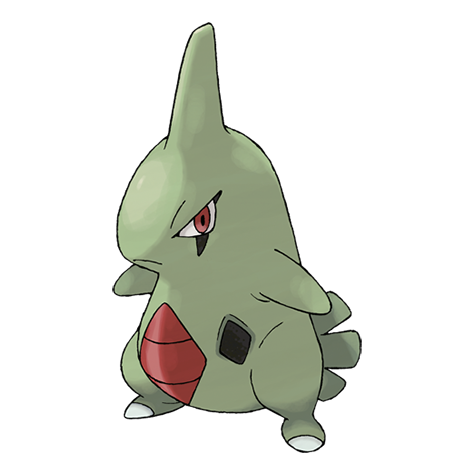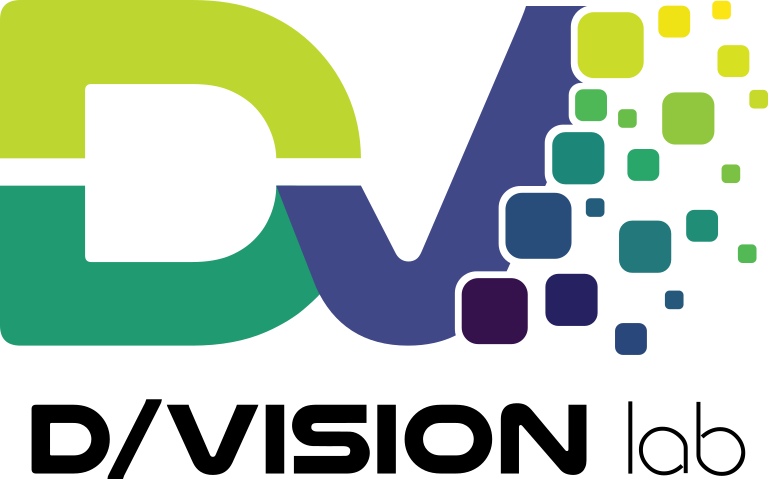
CornerstoneTools
CornerstoneTools is a powerful library designed for creating, managing, and utilizing interactive tools in medical imaging applications. Built on top of the Cornerstone framework, it provides a collection of tools for annotations, measurements, and more. Larvitar supports the integration of custom tools, allowing developers to extend its functionality to meet specific requirements.
Key Features
Annotation Tools
Annotation tools allow users to add information directly to images for reference or analysis. Examples include:
- Length Tool: Measures the distance between two points.
- Angle Tool: Calculates angles between intersecting lines.
- Text Annotation Tool: Adds descriptive labels or comments on specific areas of the image.
These tools are vital for medical professionals to document findings, mark regions of interest (ROIs), and collaborate effectively.
Segmentation Tools
Segmentation tools help divide medical images into meaningful regions, such as organs or abnormalities. These tools are commonly used in diagnostics and surgical planning:
- Brush Tool: Allows users to paint areas of interest for segmentation.
- Threshold Tool: Automatically segments regions based on intensity values.
- Freehand Tool: Enables precise manual segmentation by drawing custom shapes.
By isolating specific areas, segmentation provides a clearer understanding of the image data.
Interaction Tools
Interaction tools enhance the user's ability to navigate and manipulate medical images:
- Zoom Tool: Magnifies the image for a detailed view.
- Pan Tool: Moves the image within the viewport for better positioning.
- Window Level Tool: Adjusts the brightness and contrast of the image for better visualization of features.
These tools ensure users can efficiently explore the image and focus on specific details.
Stack Tools
In order to work with image stacks, Larvitar provides stack tool state functionality to populate and sync the imageids of a stack. This is useful for applications that require the manipulation of multiple images, such as:
- Image Series: Viewing multiple slices of a 3D volume.
- Time Series: Analyzing changes in images over time.
- Multi-modality Imaging: Combining images from different modalities (e.g., CT, MRI) for comprehensive analysis.
- Multi-frame Images: Handling images with multiple frames, such as ultrasound or video data.
See Stack Tools Creation and Synchronization for more details.
Custom Tools
Larvitar allows developers to create custom tools tailored to their specific imaging workflows. These tools can be:
- Configured with custom behavior.
- Registered to handle specific user interactions.
- Integrated seamlessly with Cornerstone-enabled applications.
How It Works
Tool Registration:
Tools are registered withregisterExternalToolto make them available within the application. Developers can define their own tools or use the prebuilt ones provided by the library.Usage in Imaging:
Tools operate directly on the imaging data rendered in the registered viewport.Tool Configuration:
Tools are configured to handle user input events like mouse clicks, drags, and scrolls. Custom configurations allow fine-tuning the behavior for specific imaging requirements.
